Birth name Barbaro Diez Junco Role Singer | Name Barbarito Diez Years active 1935–1986 Genres Danzon | |
 | ||
Albums Asi Bailaba Cuba Volumen 1 Similar People Celina Gonzalez, Rita Montaner, Bola de Nieve, Isaac Oviedo y Su Familia | ||
Paulina lvarez y barbarito diez esas si son cubanas
Barbarito Díez (December 4, 1909 – May 6, 1995) was a popular Cuban singer who specialized in danzón genre.
Contents
- Paulina lvarez y barbarito diez esas si son cubanas
- La voz de cuba barbarito diez
- Early life
- Professional career
- Late life
- Dominican Republic
- Mexico
- Puerto Rico
- United States
- Venezuela
- Songs
- References
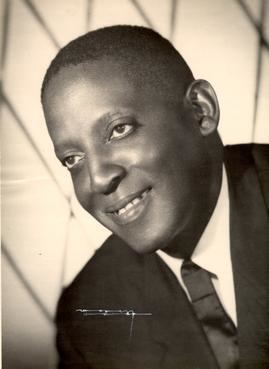
A revered and certified Cuban music legend, Bárbaro Díez Junco represents the ultimate male romantic vocalist in the history of danzón. As a relaxed, yet romantic stylist, he had a friendly tenor voice with correct diction and easy sense of feeling, which preserved the Cuban traditional music for being overrun by pale imitations of male opera singers in the early twentieth century.
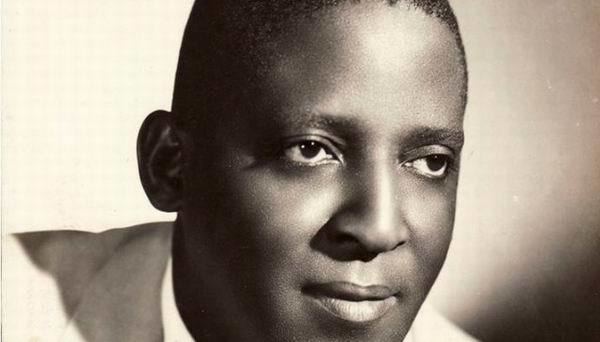
La voz de cuba barbarito diez
Early life
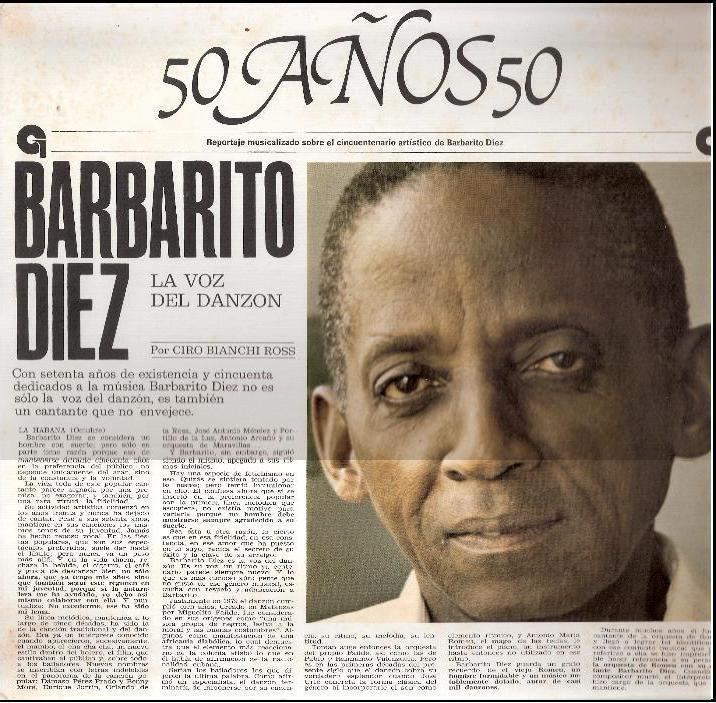
Díez was born on December 4, 1909, in a sugar cane mill located in the small settlement of Bolondrón in Matanzas Province, as the only children born to Eugenio Díez and Salustiana del Junco. When he was four years old, Díez moved with his parents to Manatí, Oriente Province, where his father worked in another mill for years. The family lived in a batey, where the young Díez attended elementary school and intuitively began to sing the repertoire of songs that Trio Matamoros had created.
Professional career

As a result, Díez established as a well respected, professional performer in his Oriente Province home at the age of fourteen. He then moved to Havana in 1930, in search of better working conditions and remuneration. Even though he formed a successful guitar trio along with Graciano Gómez and Isaac Oviedo a year later, Díez received an invitation from pianist and composer Antonio María Romeu to join his dance band in 1935, where he continued thereafter as its main soloist. After Romeu died in 1955, the orchestra continued playing under the leadership of his son Antonio María Romeu Jr. with Díez as lead singer. Some years later the band was renamed Orquesta de Barbarito Díez.
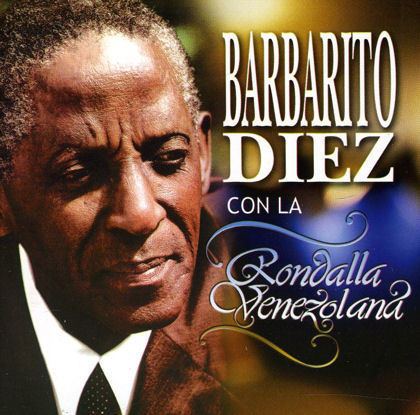
During his career, Díez toured the Dominican Republic, Mexico, Puerto Rico, Venezuela and the United States in concerts, and recorded eleven albums of his extensive repertoire of danzón music, well on his way to becoming a household name outside of Cuba. In addition, strengthened by a considerably large and stable fanbase in Venezuela, Díez thanked his audience for their support and offered a collection of diverse Venezuelan music genres in his albums Barbarito Díez canta a Venezuela Volumes 1 & 2, which were released in 1977 and 1980, respectively. He then recorded a handful of Latin American songs backed by the group Rondalla Venezolana in 1985. Three years later, he made his last recording session with the Charanga Típica orchestra directed by Guillermo Rubalcaba.
Late life
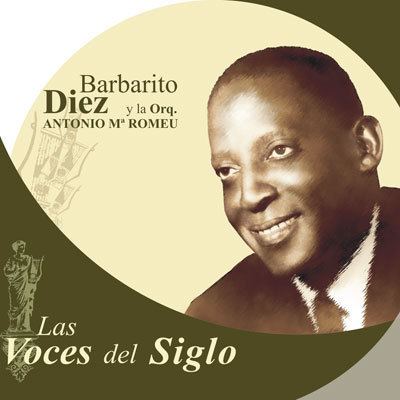
In one of his last interviews, Díez left a message for his audience: "I want everyone to know how grateful I am for the love, respect and consideration they have always given me, I say out loud that I have the most big thrill to see that I still listen with pleasure, so I will sing until I run out of strength to do it."
Barbarito Díez died in 1995 from diabetes-related complications at age 85.
Dominican Republic
Mexico
Puerto Rico
United States
Venezuela
All backed by his orchestraSongs
Las Perlas De Tu Boca
La Mora
Alli Donde Tu Sabes
